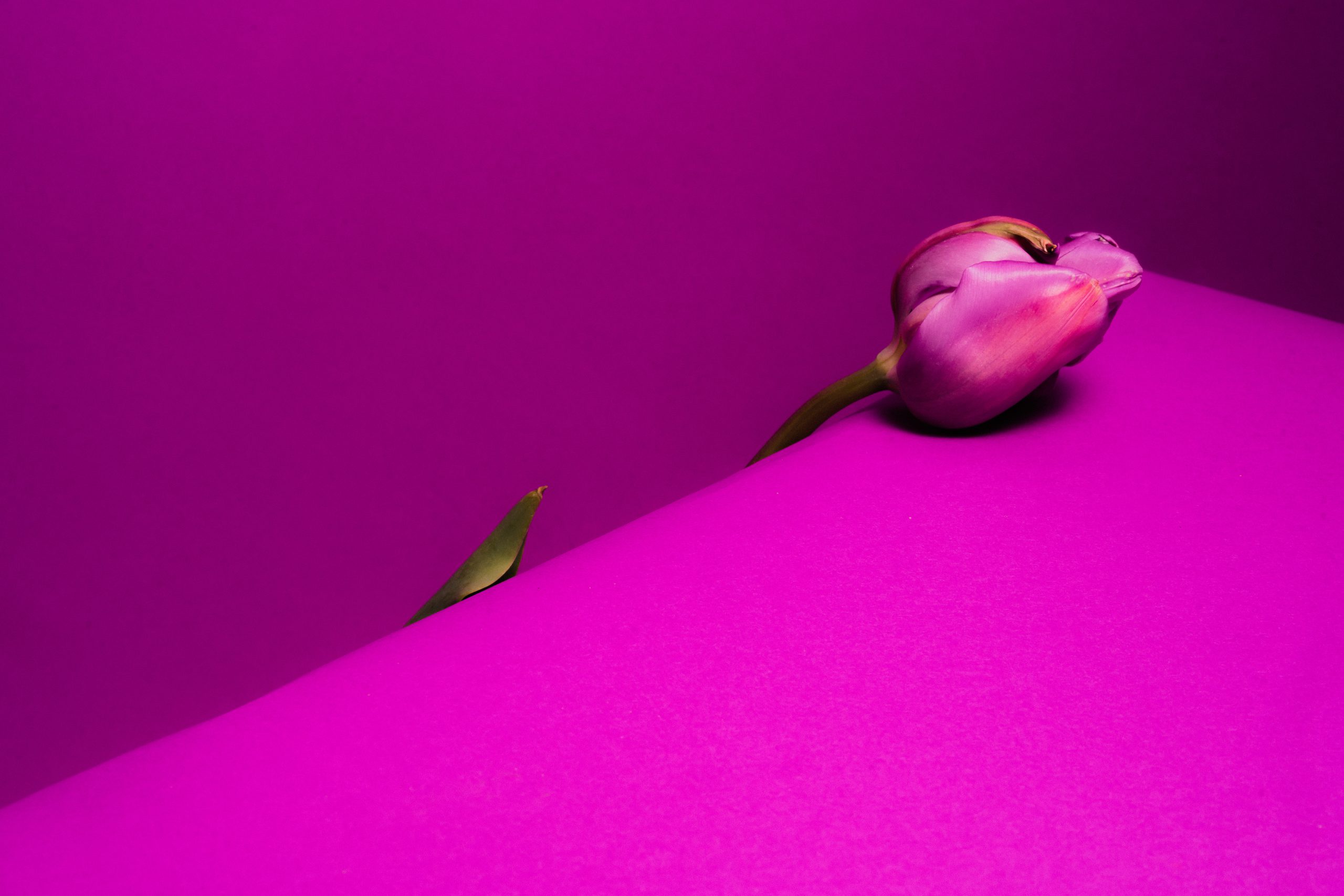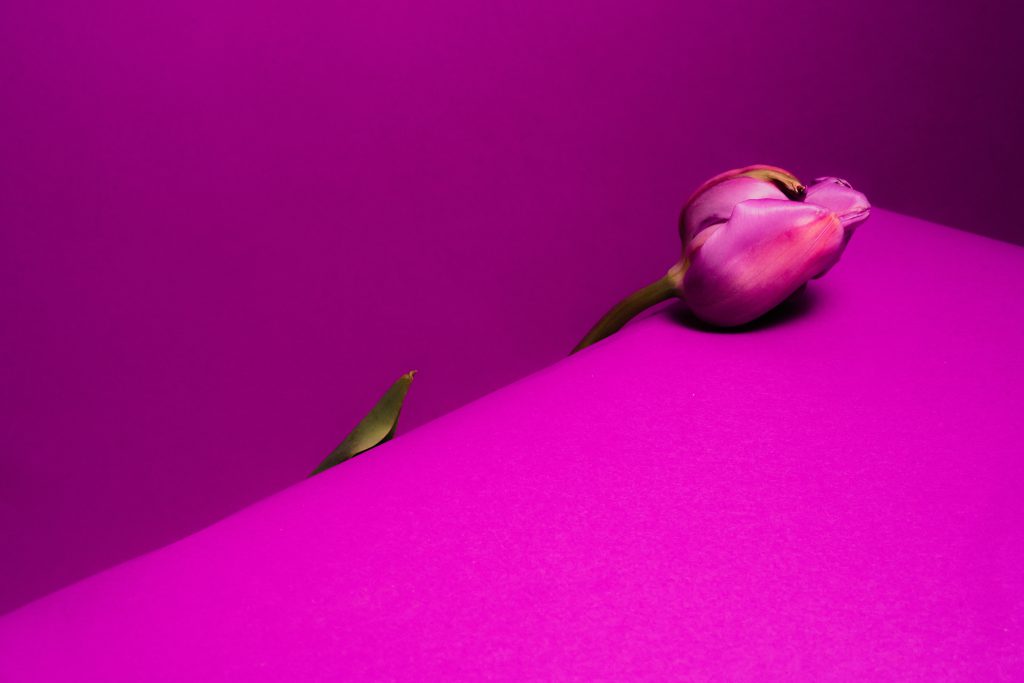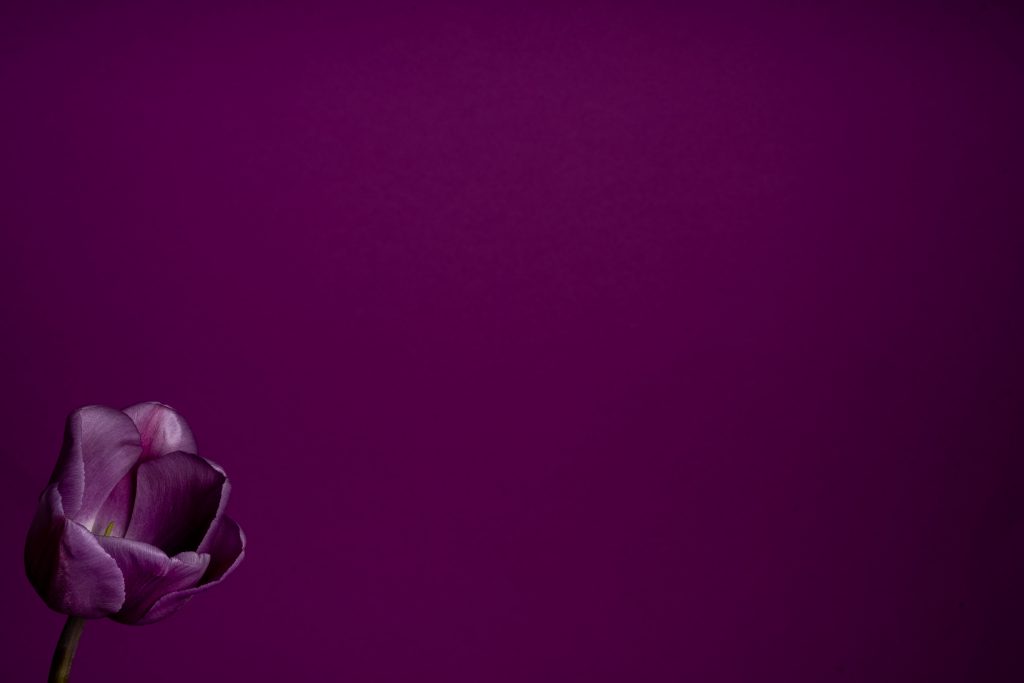Purple Botanical Series
Like so much else, wedding and portrait photography came to a halt during the Covid-19 pandemic this spring. All the photographers I know have been in a holding pattern for the last couple of months.
In the beginning of the shutdown, I pored over ways I could continue to do my work; I’ve never had to stop before. One of the hardest parts of this whole experience for me was coming to terms with the fact that I couldn’t do my work — legally, morally or practically. It’s been uncomfortable to sit with that reality.
Although I’m not saving lives with my camera, I am proud of the contribution I make to communities through my work. But being banned from that work, it’s hard at times to keep sight of my worth outside of it, as our society pressures us to always be productive, creating more content, and making money.
As movement restrictions have loosened over the last couple of weeks, I’ve supplied myself with flowers to resume my craft. My main goal with this floral series has been to explore colors, shapes, and light in new ways.
My approach to wedding photography is rooted largely in a journalistic ethic (I earned my Bachelor’s in Journalism). So when I think about how to create a good picture, I first think about how I am moving through a space and my relationships with people in that space. Although it’s always important to make a visually beautiful picture, for me, preserving the integrity of a moment takes precedence, even in visually challenging environments.
For example, when I witness an emotional moment between a woman and her elderly grandmother: I’m not the photographer who would interrupt that moment and encourage it to happen in a better-lit location. I would rather make those kinds of interventions during an agreed-upon time for portraits.
I’ve had time recently to ponder how my approach might have been different had I studied photography in an art department, rather than journalism. I don’t wish to change my photography ethic, but it does feel good to challenge it and see what comes of practicing from a different perspective.
So I’ve been exploring color theory and the emotional impacts of color through this botanical series. The series uses flowers as subjects instead of people, so that my mind isn’t focused on interpersonal relationships (though it’s funny to see that in some of the images I have personified the flowers).
I really liked the simplicity of working within a limited color palette, and shifting tonality through light and shadow. I enjoyed using minimal elements and intentionally working with single or complementary colors, and I think the results are striking.
This post features a few of my favorites from the Purple series.
I’m continuing to work with different aspects of color theory and flowers in my studio. I’m looking forward to seeing how this practice informs my wedding portraiture. For instance, it already has me thinking about new ways I can guide conversations with my clients about portrait locations and moods. I’m excited to see what else it brings.





